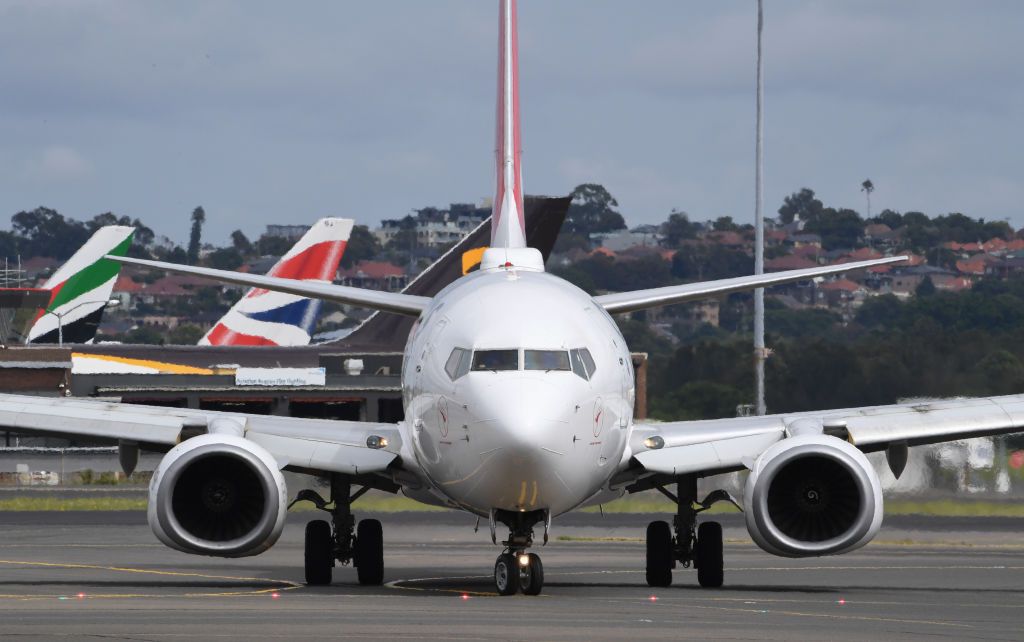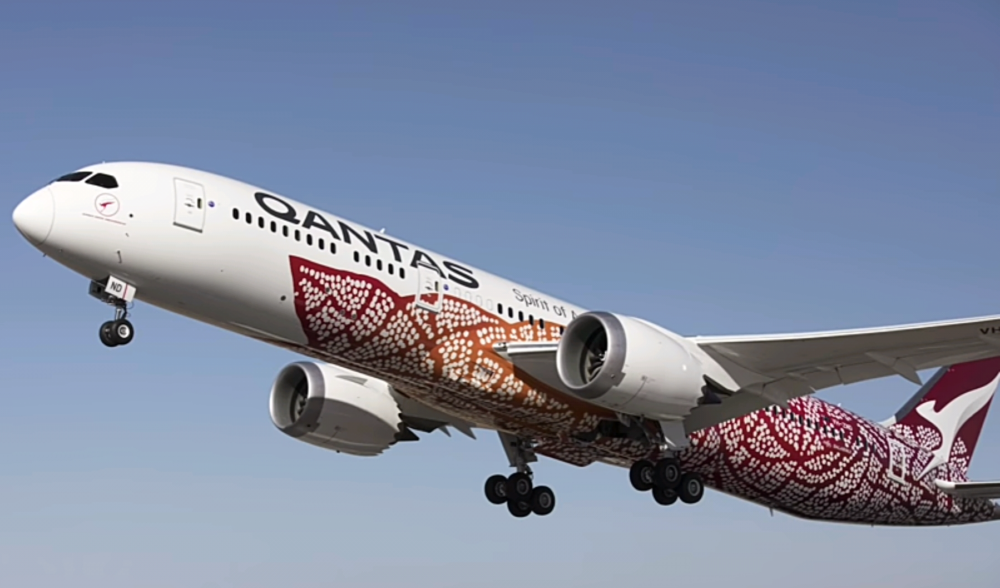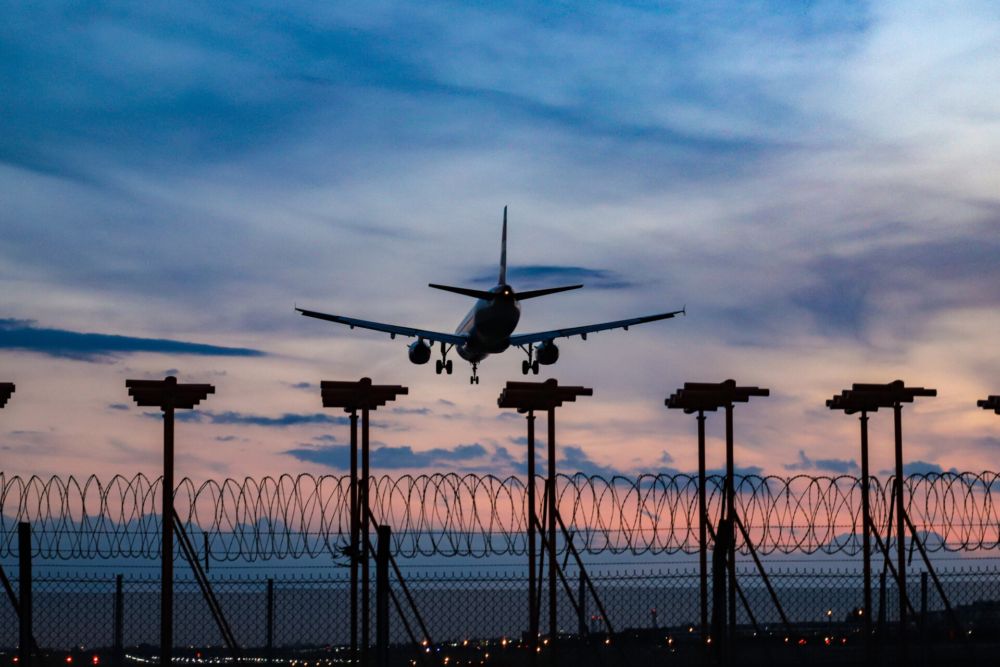Australia's borders have begun to reopen, and passenger numbers through Australia's international airports are on the rise. But in the leadup to the staged November reopening, international passenger numbers in and out of Australia were dismal and running at just 1.3% of comparable 2019 numbers.
Singapore Airlines the biggest international airline in Australia in October
Recently released data from Australia's Bureau of Infrastructure and Transport Research Economics (BITRE) reveals just 46,024 people entered or left Australia in October 2021. In contrast, 3.587 million people entered or left the country in October 2019.
Strict limits on the number of passengers airlines could fly in saw widebodied jets land at Australia's international airports with a dozen or fewer passengers. Some airlines were told certain flights couldn't carry any passengers at all.
In such a hostile environment, it's surprising that 38 airlines maintained passenger flights into Australia in one form or another. The biggest player was Singapore Airlines. That airline commanded a 19.5% share of Australia's inbound and outbound flying in October.
Rounding out the top five international airlines in Australia in October was Qatar Airways with an 18.1% market share, Emirates with a 16.4% market share, Etihad Airways with a 5.8% market share, and Air New Zealand with a 5.2% market share.
Sydney-based Qantas, which had a 26.4% slice of the inbound and outbound market in October 2019, did not operate any regularly scheduled international flights in October 2021. The airline has since resumed limited international operations.
Changes afoot as border regimes begin to relax
The cessation of the short-lived quarantine-free travel corridor between New Zealand and Australia has also impacted Air New Zealand's market share. In May 2021, the kiwi airline commanded a dazzling 49% share of Australia's inbound and outbound travel.
China Southern Airlines, United Airlines, Cathay Pacific, Delta Air Lines, and China Eastern Airlines rounded out the top ten list of big international operators in and out of Australia in October.
In October, the major international airports were Sydney, which handled 19,401 international passengers that month. Sydney was trailed by Melbourne with 11,966 international passengers, Brisbane with 8,224 passengers, and Perth with 4,443 passengers.
Australian states and territories are gradually relaxing their entry restrictions and quarantine regimes for inbound arrivals, with New South Wales setting the pace. As data comes through regarding November and December traffic, you can expect to see some significant changes, including Qantas international flights reappearing on the radar.
Lagging is Western Australia and its capital city, Perth. That state is not expected to relax its ban on domestic or overseas arrivals until February.
Stay informed: Sign up for our daily and weekly aviation news digests.
Very light loads on multiple airlines
Drilling down into the October data, the really interesting stats aren't so much about the busiest airlines in and out of Australia - it's the eye-popping number concerning the least busy airlines that stand out.
Several passenger airlines operated multiple freight-only services, so we're excluding those. Of the airlines that did fly passengers in and out, LATAM is one airline that stands out. Its single flight from South America in October flew in 19 passengers.
Xiamen Airlines operated nine flights in and out of Australia in October. The airline flew a total of 85 passengers, or 9.4 passengers per flight. Royal Brunei Airlines also operated nine flights that month, flying a total of 12 passengers, or an average of 1.3 passengers per flight. Japan Airlines operated 39 flights, carrying a total of 139 passengers, or an average of 2.8 passengers per flight.
You could safely assume many of these flights carried no passengers at all - instead flying freight in and out of Australia. When airlines operate a mix of passenger and freight flights, the BITRE data doesn't separate the flights out. But even if only a handful of these flights are flying passengers, the numbers are still dire.
The airlines cited are just a few examples of many airlines that flew barely any passengers in and out of Australia in October. While the November and December figures will improve for some airlines, many carriers operate from places Australia hasn't reopened its borders to or with minimal populations of Australian ex-pats. The traffic statistics on the Australian flights of those airlines will remain in the doldrums for some time.



